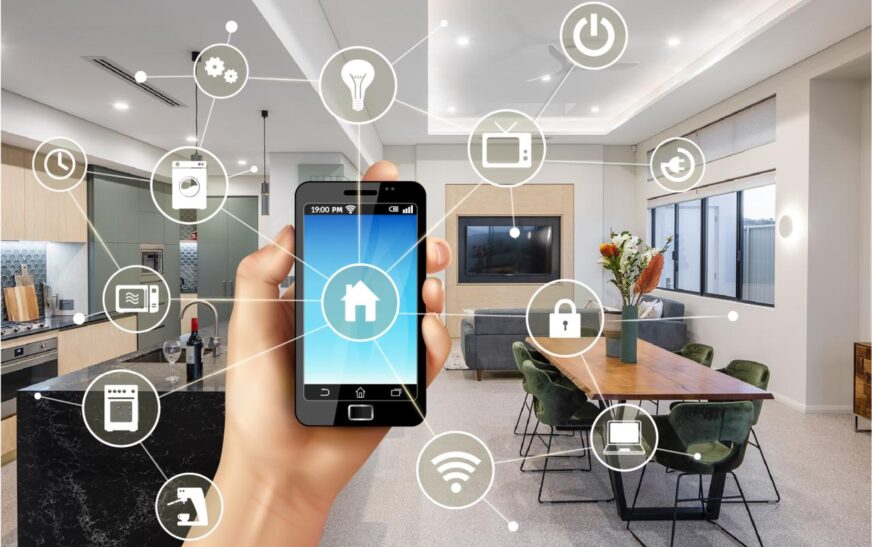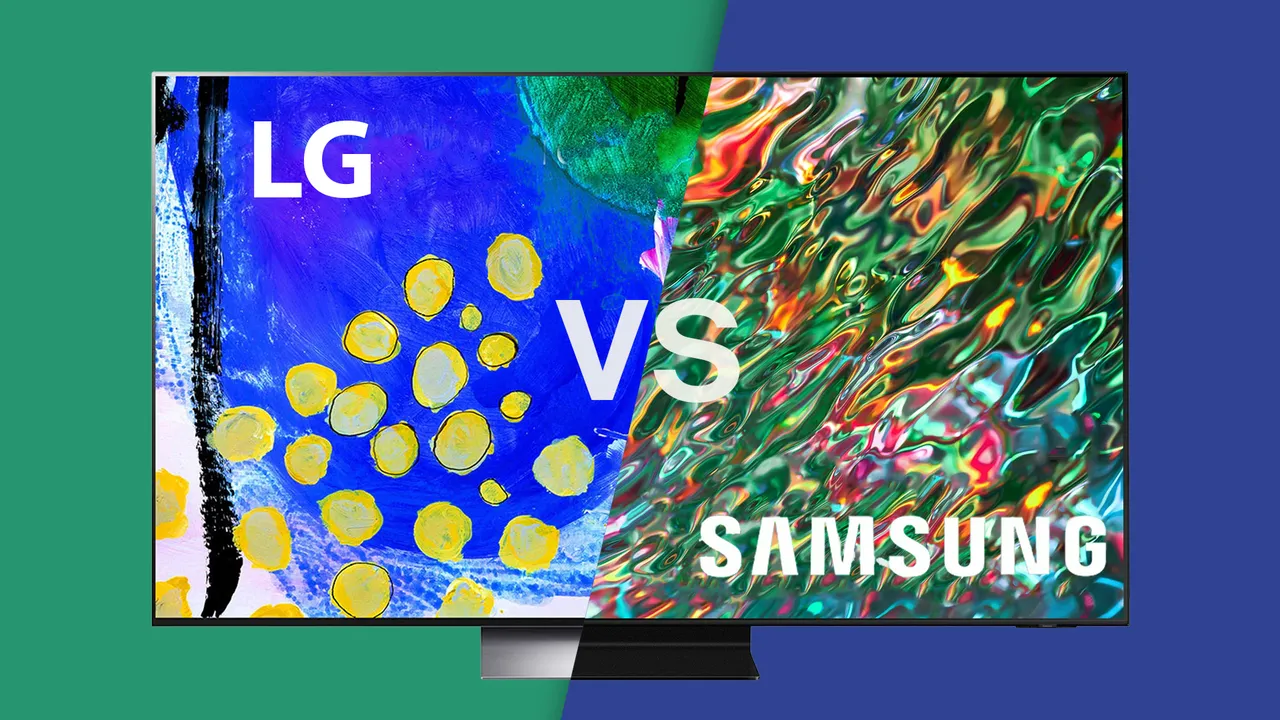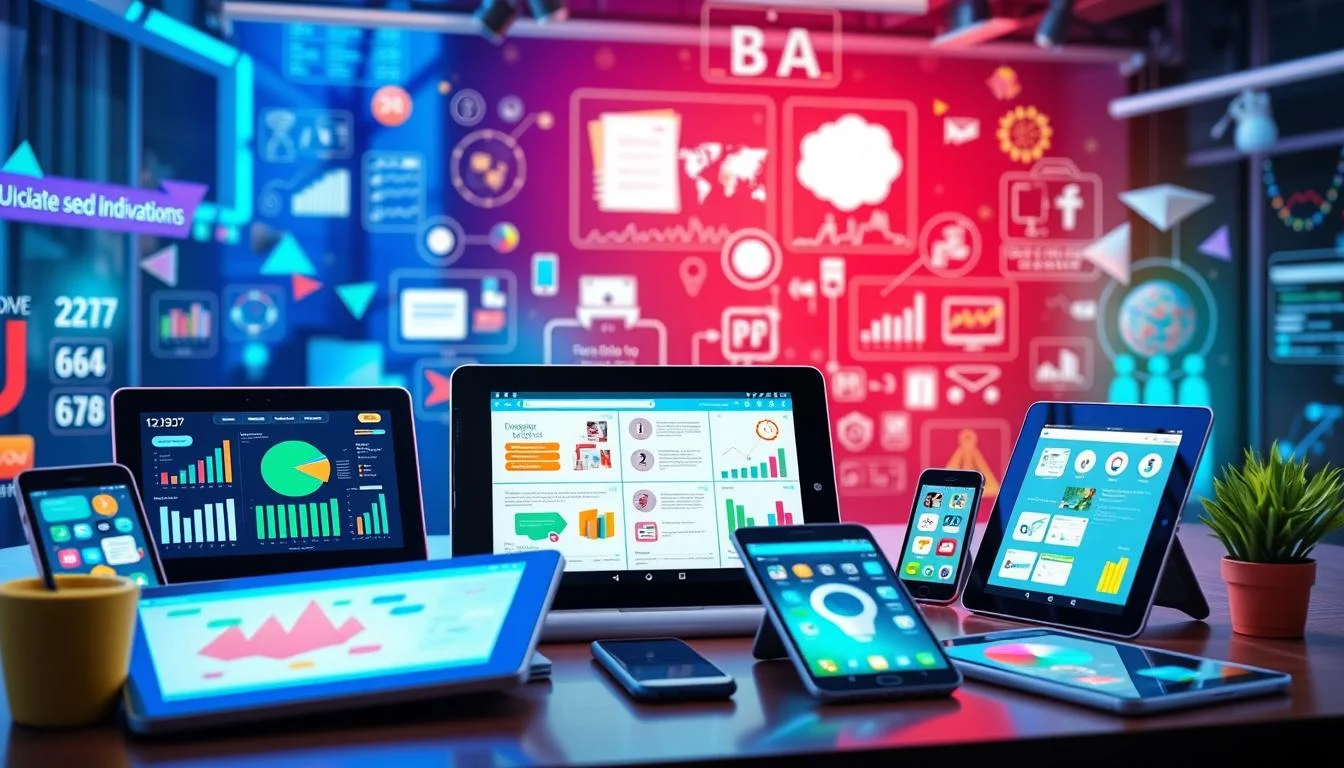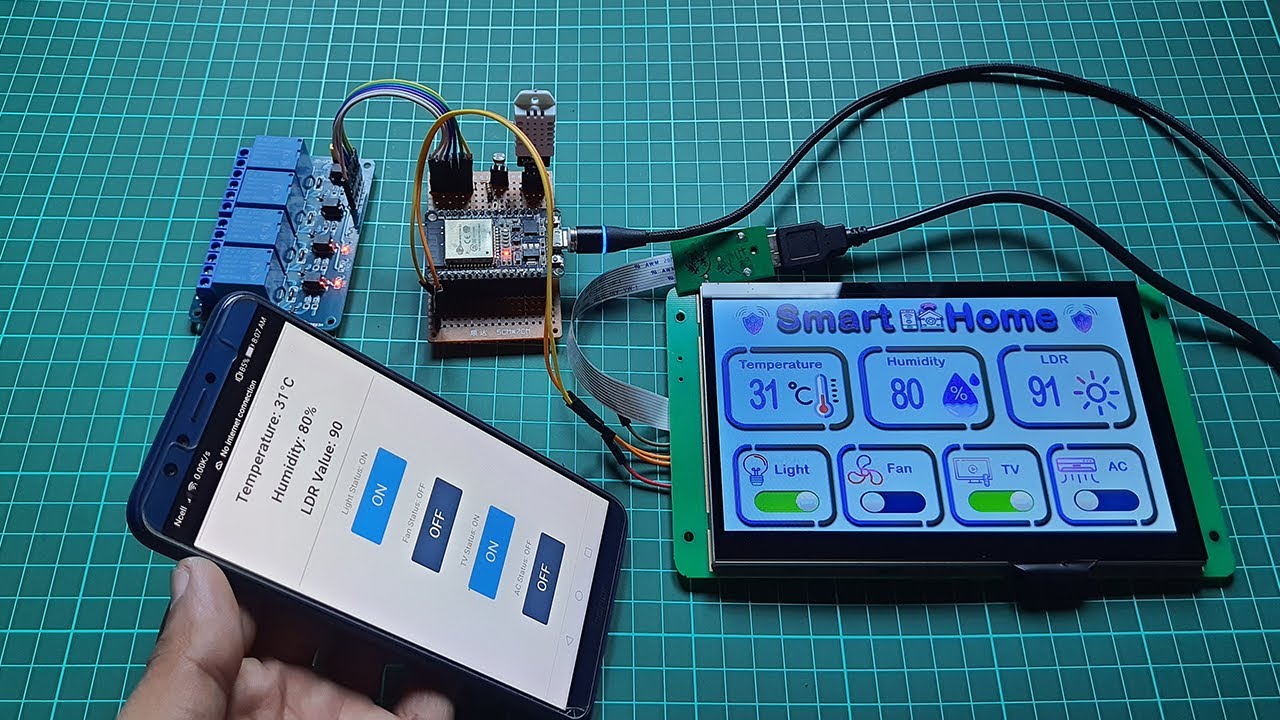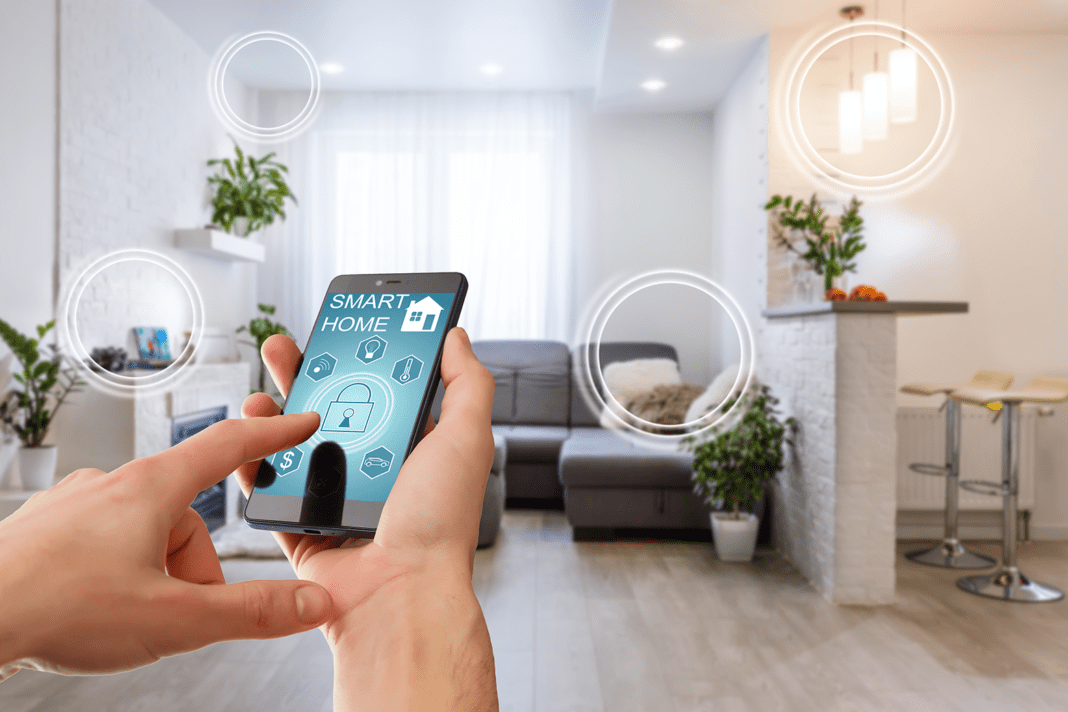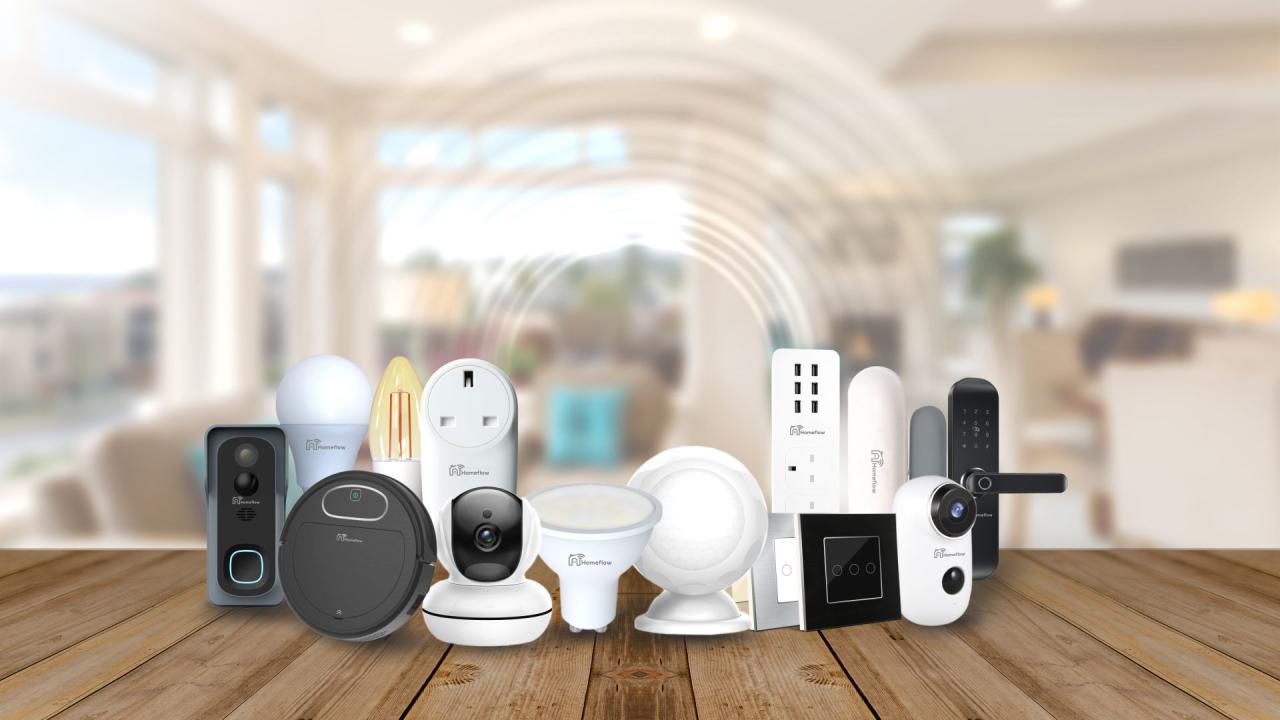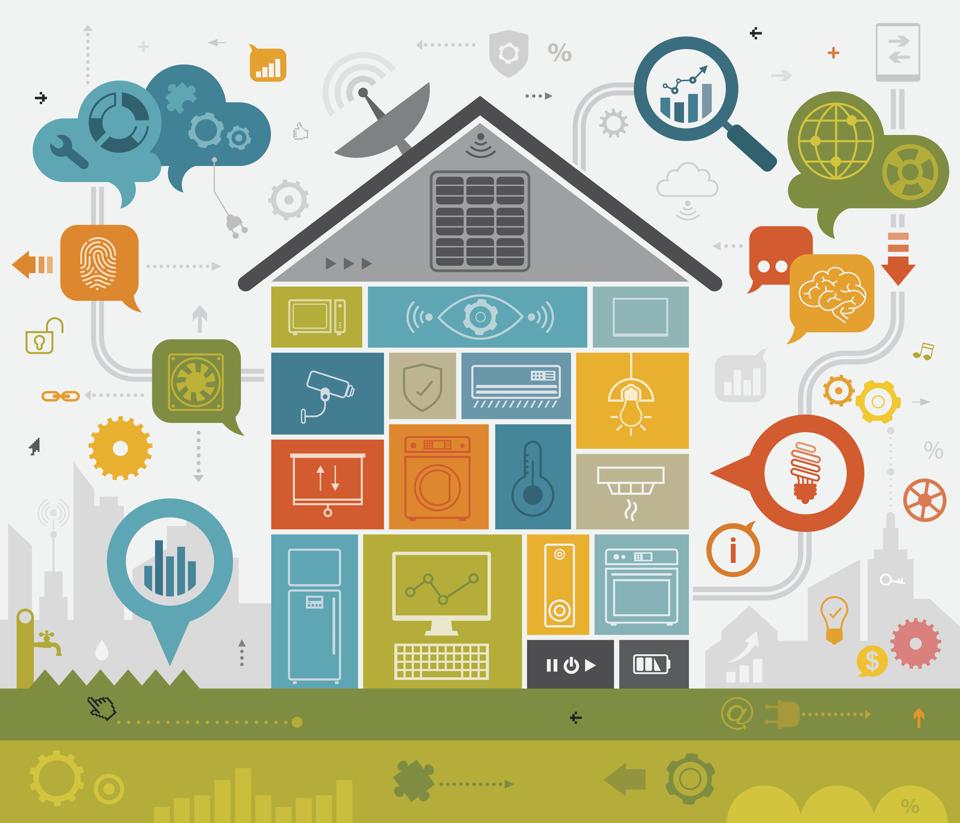Delving into The Future of Smart Living: Trends to Watch, this introduction immerses readers in a unique and compelling narrative, exploring the latest advancements in smart home technology, the significance of IoT integration, sustainability practices, health and wellness technology, and privacy and security concerns in the realm of smart living.
This discussion aims to inspire and inform readers about the exciting trends shaping the future of how we live.
Smart Home Technology: The Future Of Smart Living: Trends To Watch
In recent years, smart home technology has made significant advancements, revolutionizing the way we interact with our living spaces. From voice-activated assistants to automated lighting systems, these devices are reshaping the concept of home convenience and efficiency.
Integration of Artificial Intelligence
Artificial intelligence plays a crucial role in the functionality of smart home systems, enabling devices to learn user preferences and adapt to individual needs. AI algorithms analyze data from various sensors to anticipate user behavior and optimize energy consumption.
Unlock the numerous advantages of using a virtual server for your business operations. Discover how a virtual server can streamline processes, enhance security, and improve scalability by exploring The Benefits of Using a Virtual Server.
Enhanced Everyday Life
- Smart thermostats adjust temperature settings based on occupancy patterns, saving energy and enhancing comfort.
- Smart security cameras provide real-time monitoring and alerts, ensuring peace of mind for homeowners.
- Voice-controlled assistants like Amazon Alexa or Google Home streamline daily tasks, such as setting reminders or playing music hands-free.
- Automated lighting systems can be programmed to create ambiance, improve productivity, and increase energy efficiency.
IoT Integration
The Internet of Things (IoT) is playing a crucial role in shaping the future of smart living. By enabling devices to communicate and interact with each other, IoT integration is revolutionizing how we interact with our homes.
Seamless Connectivity
IoT devices such as smart thermostats, lighting systems, and security cameras are interconnected through a central hub, allowing for seamless control and automation. For example, a smart home hub can detect when you leave for work and adjust the thermostat and lights accordingly to save energy.
Stay ahead of the curve by understanding the significance of server compliance and regulations in today’s digital landscape. Learn how adhering to server compliance can protect your data, ensure stability, and maintain trust with customers through The Importance of Server Compliance and Regulations.
Enhanced Efficiency
IoT integration is improving efficiency in homes by optimizing energy usage, streamlining daily tasks, and enhancing security. Smart appliances can communicate with each other to coordinate schedules, reducing energy consumption. Additionally, IoT devices can send alerts to homeowners in case of unusual activity, enhancing security measures.
Sustainability in Smart Living
In the realm of smart living, sustainability plays a crucial role in shaping the future of our homes and communities. By integrating eco-friendly features and practices, smart homes are paving the way for a more sustainable lifestyle that benefits both the environment and inhabitants.
Eco-Friendly Features in Smart Homes
- Energy-efficient appliances: Smart homes are equipped with energy-efficient devices that reduce electricity consumption, lowering carbon footprint.
- Solar panels: Many smart homes incorporate solar panels to harness renewable energy from the sun, reducing reliance on traditional power sources.
- Water-saving solutions: Smart irrigation systems and faucets help conserve water by optimizing usage based on real-time data and weather conditions.
- Smart lighting: Automated lighting systems adjust brightness and usage patterns to minimize energy wastage and enhance efficiency.
Impact of Sustainable Practices on Smart Living, The Future of Smart Living: Trends to Watch
- Cost savings: Sustainable features in smart homes lead to lower utility bills and overall operational costs, providing long-term financial benefits to homeowners.
- Environmental preservation: By reducing energy and water consumption, smart homes contribute to a healthier environment with reduced greenhouse gas emissions and water wastage.
- Enhanced quality of life: Sustainable practices in smart living create a healthier indoor environment, promoting well-being and comfort for residents.
Health and Wellness Technology
Technology plays a crucial role in promoting health and wellness in smart living by providing innovative solutions to monitor and improve overall well-being. Smart devices equipped with advanced sensors and connectivity features are revolutionizing the way individuals track their health metrics and maintain a healthier lifestyle.
Embrace the power of technology in your content marketing strategy by utilizing The Best Digital Tools for Content Marketing. These tools can help you create engaging and impactful content that resonates with your audience, ultimately driving more traffic and conversions.
Smart Devices for Health Monitoring
- Wearable Fitness Trackers: Devices like smartwatches and fitness bands monitor physical activity, heart rate, sleep patterns, and calories burned, encouraging users to stay active and achieve fitness goals.
- Smart Scales: These scales measure weight, body fat percentage, and other metrics, providing valuable insights into one’s body composition and progress towards weight management goals.
- Smart Blood Pressure Monitors: Individuals can easily monitor their blood pressure levels at home and track fluctuations over time, enabling early detection of hypertension and proactive health management.
Contribution to a Healthier Lifestyle
- Personalized Health Insights: Smart devices collect and analyze health data to offer personalized recommendations for diet, exercise, and sleep, empowering individuals to make informed decisions for their well-being.
- Remote Health Monitoring: With the integration of IoT technology, healthcare providers can remotely monitor patients’ vital signs and health metrics in real-time, improving chronic disease management and enabling timely interventions.
- Promotion of Preventive Care: By facilitating continuous health tracking and early detection of health issues, smart living encourages a proactive approach to healthcare, focusing on prevention rather than treatment.
Privacy and Security Concerns
Privacy and security are paramount in the realm of smart home technology, where interconnected devices gather personal data and operate within our living spaces. It is crucial to address these concerns to ensure a safe and secure environment for users.
Potential Risks of Interconnected Smart Devices
- Unauthorized Access: Hackers may exploit vulnerabilities in smart devices to gain access to personal information or control over the devices.
- Data Breaches: The collection and storage of personal data by smart devices can make them targets for data breaches, leading to identity theft or misuse of sensitive information.
- Physical Security Threats: Insecure smart devices can be manipulated to unlock doors, disable security systems, or control other connected appliances, compromising physical safety.
Strategies to Mitigate Privacy and Security Concerns
- Strong Passwords: Use unique and complex passwords for each smart device and change them regularly to prevent unauthorized access.
- Regular Software Updates: Keep smart devices up to date with the latest security patches to address known vulnerabilities and improve overall security.
- Network Segmentation: Create separate networks for smart devices and personal devices to limit access and reduce the impact of a potential security breach.
- Privacy Settings: Review and adjust privacy settings on smart devices to control the collection and sharing of personal data.
- Encryption: Enable encryption on smart devices and networks to secure data transmission and protect sensitive information from interception.
As we conclude our exploration of The Future of Smart Living: Trends to Watch, it’s evident that technology continues to revolutionize our daily lives, offering unparalleled convenience, efficiency, and sustainability. Embracing these trends not only enhances our living spaces but also contributes to a healthier and more secure lifestyle.
Let’s stay informed and prepared for the exciting developments that lie ahead in the world of smart living.

